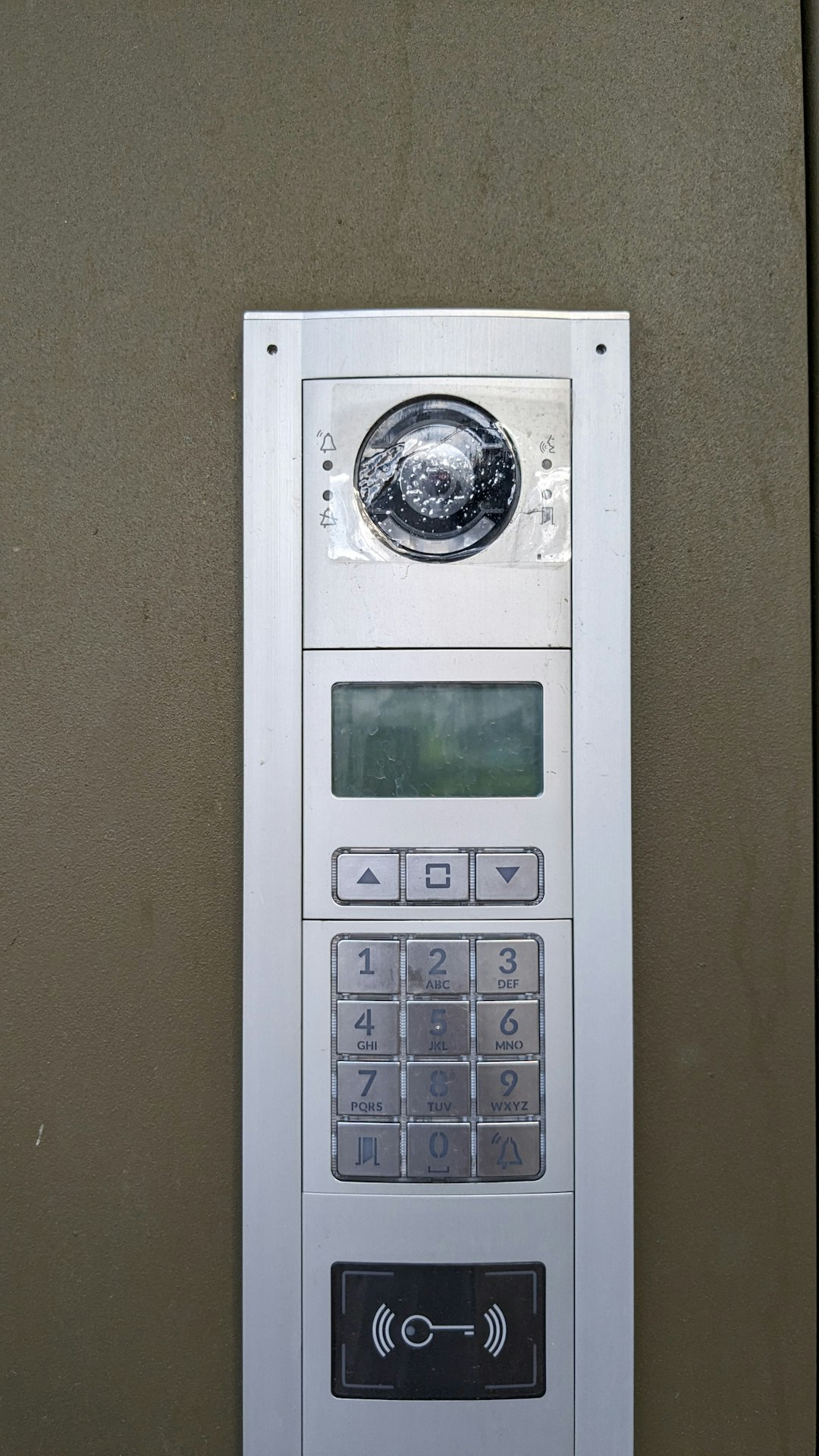In a world increasingly dominated by wireless technology and IP-based communication, it’s easy to overlook the critical infrastructure that still relies on traditional landline systems. One area where this is especially true is in security alarm systems. Many residential and commercial properties still operate security systems that are connected via analog telephone lines. For these systems to function properly without a traditional phone service, landline adapters for alarm systems have become indispensable.
Understanding Landline-Based Alarm Systems
Traditional alarm systems are designed to dial out through a Plain Old Telephone System (POTS) when an emergency signal is triggered. This connection allows the alarm to contact a central monitoring station or emergency services. For decades, this system has proven reliable and effective. However, with the ongoing shift away from copper landlines to digital voice services like VoIP, many security systems are facing compatibility issues.
Because newer telecommunications technologies do not always support the digital signal standards required by alarm panels, homeowners and security professionals are turning to landline adapters to maintain or restore functionality.
What Are Landline Adapters for Alarm Systems?
Landline adapters are devices that emulate the behavior of a standard analog phone line, allowing a traditional alarm system to communicate via alternative services such as VoIP, cellular, or broadband. These adapters act as a bridge between the alarm panel and the modern communication network, ensuring that signals remain clear, reliable, and timely.
In most cases, these adapters are designed to work in one of the following workflows:
- VoIP to Analog Emulation: Converts digital VoIP signals into analog tones that the alarm panel can detect and use.
- Cellular Transmission: Uses GSM or LTE networks to bypass analog wiring altogether, though some still simulate a landline interface internally for compatibility.
- Broadband Converters: Adapt alarm system signals for transmission over broadband IP networks, offering reliable digital alternatives.
This technology effectively lets aging alarm systems continue operating reliably even in an environment with no physical landline phone infrastructure.
Why Alarm Systems Still Depend on Landlines
Despite advances in wireless technology, landline-compatible systems remain in wide use due to their resiliency and low-energy requirements. Many property owners are reluctant to replace an entire security panel setup when it’s otherwise functioning well.
There are several reasons why landline-based systems are still trusted in the security industry:
- Proven Technology: Analog systems have a long track record and are often considered more stable in extreme conditions.
- Cost-Effective: Upgrading to a fully digital security system can be expensive, involving replacement of hardware, software, and service contracts.
- Remote Areas: Many rural areas experience inconsistent digital or cellular coverage, making landline emulation the most practical choice.
Investing in landline adapters allows users to extend the life of their current security infrastructure while enjoying the flexibility of modern telecommunication services.
Types of Landline Adapters Available
There is a range of landline adapters tailored to different needs and technologies. Choosing the right one depends on the type of alarm system in use, the available communication network, and the desired level of redundancy and compliance.
Common types of adapters include:
- VoIP Adapters for Alarms: Typically simple plug-and-play devices that connect to both a router and the alarm panel. Compatible with many digital home services.
- Cellular Alarm Communicators: Modular devices using embedded SIM cards to send out alerts remotely without needing any wired connections.
- Alarm Line Simulators: These professional-grade adapters create a synthetic telephone line signal for the alarm panel to recognize, often with failover features and signal monitoring.

Each type of adapter varies in terms of reliability, regulatory compliance, installation complexity, and cost. Consulting a licensed alarm technician is typically recommended to ensure proper integration.
Installation and Compatibility Considerations
Before purchasing a landline adapter, it’s important to evaluate certain criteria to ensure compatibility with your existing alarm system. Not all panels are created equal, and some older models may require specific signal formats or baud rates.
Here are key factors to keep in mind during selection and installation:
- Alarm Panel Make and Model: Make sure the adapter supports the specific signalling format used by your panel (e.g., Contact ID, Pulse, DTMF).
- Power Supply Requirements: Some adapters may need a dedicated power source, while others can operate via USB or PoE.
- Network Latency: Digital networks can introduce delays that older alarm panels may not tolerate. Ensure the adapter minimizes latency and packet loss.
- Monitoring Station Approval: In some jurisdictions, alarm systems must be certified or tested with specific adapters to comply with safety regulations.
Proper installation also involves testing the entire system after setup, including triggering the alarm and confirming communication with the monitoring center. False negatives in alarm transmissions can expose property owners to serious risk.
Compliance and Regulation Factors
Homeowners and businesses looking to shift from copper-based landlines to digital alternatives should consider whether their alarm systems need to comply with regulatory standards. Entities like Underwriters Laboratories (UL) and National Fire Protection Association (NFPA) set stringent criteria for alarm system communication.
Landline adapters that are officially UL-Listed or NFPA 72 Compliant offer assurance that signal integrity and fallback mechanisms meet industry best practices. This is particularly crucial for systems that are required by insurance policies or municipal code enforcement to function under specific conditions.
Advantages of Using Landline Adapters
Switching to a landline adapter comes with several benefits, particularly if you’re looking to modernize without changing your entire infrastructure:
- Seamless Transition: No need to replace existing equipment or rewire your home or business.
- Cost Savings: Avoid the expense and labor of installing new digital or wireless alarm systems.
- High Compatibility: Many adapters are designed to be broadly compatible with a wide variety of panel models and signal types.
- Resiliency: Some models offer multiple communication paths (VoIP, cellular, broadband) for enhanced system redundancy.

Common Pitfalls to Watch Out For
Despite their advantages, landline adapters are not foolproof. Poor installation or selecting an incompatible model can lead to miscommunication or failures during critical moments.
Typical issues include:
- Unsupported Panel Types: Some legacy alarm systems may not recognize converted signals properly.
- Dropped Signals: Unstable networks or signal conversion errors can result in failed call attempts.
- Lack of Failover: Systems lacking backup pathways may go offline entirely during an internet outage.
- Regulatory Risks: Using non-compliant adapters for commercial systems can lead to insurance and legal complications.
To mitigate these risks, always choose high-quality, tested brands, ideally certified by security associations or recommended by your alarm provider.
Final Thoughts
As the telecommunications landscape continues to evolve, staying ahead of infrastructure changes is crucial for maintaining reliable security systems. For many property owners, landline adapters for alarm systems provide a practical, cost-effective bridge between old and new technologies.
Whether you’re a homeowner looking to maintain your trusted alarm panel or a security integrator managing multiple client systems, investing in a reputable landline adapter ensures that your alarm communications remain uninterrupted. When paired with proper installation and periodic testing, these devices can uphold your property’s safety and compliance for years to come.
